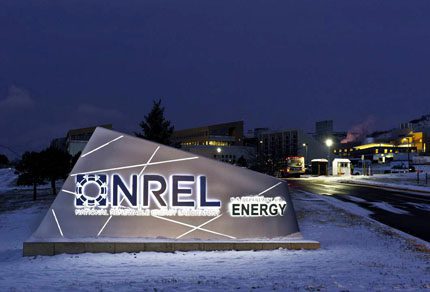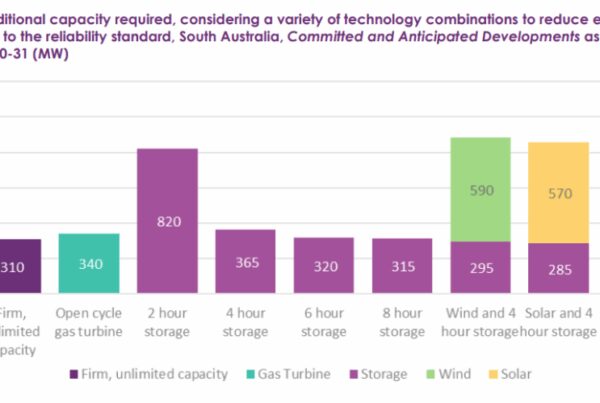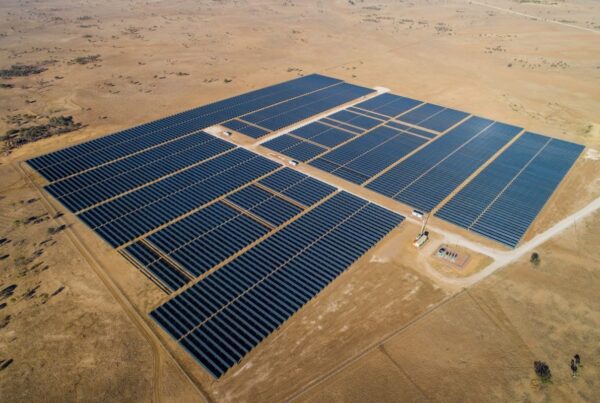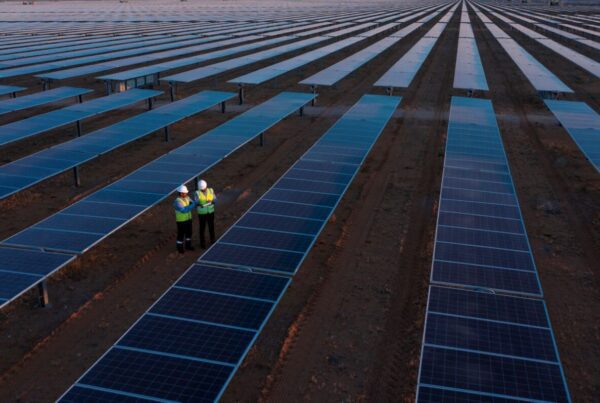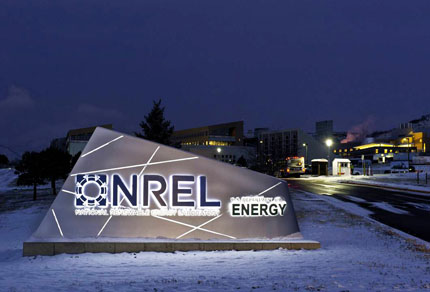
Researchers at the US Department of Energy’s (DOE) National Renewable Energy Laboratory (NREL) have found that a tin-lead perovskite cell can overcome problems with stability and improve efficiency, with their latest experiment yielding a 25.5% conversion efficiency.
The new cell, which is a tandem design with two layers of perovskites, retained 80% of its maximum efficiency after 1,500 hours of continuous operation, or more than 62 days, with the results published in the journal Nature Energy.
“This represents an accelerated aging test in the lab,” said Kai Zhu, a senior scientist at NREL and co-author of a new paper detailing the research, which was funded by the DOE’s Solar Energies Technology Office. “At this tandem efficiency level, the best reported stability in literature is normally several hundred hours.”
Perovskites, a crystalline structure rather than a specific element such as silicon, have been touted as a potential game changing future technology in the solar space, with the promise of high conversion efficiencies compared with silicon-based cells.
The study’s authors believe a tandem perovskite cell, in which two layers are joined to capture slightly different slices of the solar spectrum, can be more than 30% efficient.
Authors built on a previous 2019 experiment by adding phenethylammonium iodide along with guanidinium thiocyanate, which resulted in the tin-lead perovskite increasing its carrier lifetime to roughly nine microseconds.
“The combined additives also reduced the defect density associated with tin oxidation to a level unprecedented for tin-lead perovskites and similar to the values for lead-only perovskites,” said the NREL, which is not the only research organisation pursuing the technology.
In March, researchers at the Polytechnic University of Milan found that the chemical process of halogen bonding has “considerable potential for the development of a new generation of solar cells based on perovskites”, while a month earlier researchers in Saudi Arabia reported the “the first ever” successful damp-heat test of perovskite solar cells, which they claim has moved the technology closer towards commercial viability.
Elsewhere, there has been a number of company announcements aimed at getting ahead in the perovskite game. Battery storage manufacturer NGK Insulators invested in EneCoat Technologies, a spin-out of Kyoto University involved in the development of perovskite solar cells, while US perovskite company Tandem PV closed on the first half of a US$12 million Series A raise in April for building a pilot manufacturing facility in its headquarters of San Jose, California.
And, earlier this month, Perovskite-based PV manufacturer Saule Technologies partnered with Google Cloud and renewables company Columbus Energy to advance its technology.


